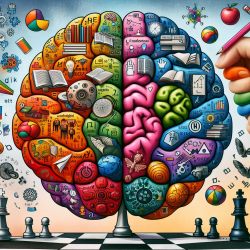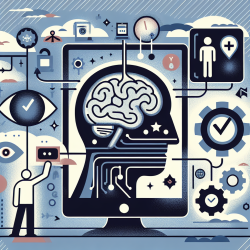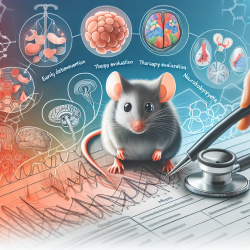As educators and therapists dedicated to supporting language and literacy development, understanding the intricate relationship between spoken and written language is paramount. The research presented in "Literacy and Language Analysis" offers valuable insights into how literacy not only complements but also enhances our understanding and use of oral language. This blog aims to distill key findings from the research and explore practical applications to help practitioners refine their strategies for fostering language skills among learners.
Understanding the Relationship Between Literacy and Oral Language
The core premise of "Literacy and Language Analysis" is that written language is not simply a direct transcription of spoken language; it is a distinct system that influences and is influenced by oral language. This perspective challenges traditional views and emphasizes the importance of literacy in developing a comprehensive understanding of language. For practitioners, this means recognizing that teaching reading and writing skills can also support the development of oral language skills.
Phonological Awareness and Literacy
One of the foundational aspects of literacy is phonological awareness—the ability to recognize and manipulate the sounds of spoken language. Research highlighted in the book demonstrates that literacy education significantly enhances phonological awareness. For instance, learning to read and spell in English influences one's awareness of phonemes, the smallest units of sound that distinguish meaning. This has profound implications for speech-language pathologists and educators, suggesting that literacy activities can be a powerful tool in developing phonological skills.
Morphology, Syntax, and the Impact of Literacy
The book also delves into the less explored territories of morphology (the study of word structure) and syntax (the arrangement of words and phrases to create sentences). It posits that literacy contributes to a heightened awareness of word structures and grammatical rules. Practitioners can leverage this insight by incorporating reading and writing tasks that emphasize morphological and syntactic skills, thereby supporting learners' understanding of complex linguistic structures.
Practical Strategies for Practitioners
- Integrate Literacy into Language Development Activities: Design activities that blend reading and writing with speaking and listening tasks. For example, after reading a story, have students discuss the plot and characters or write a short summary.
- Focus on Phonological Skills: Use literacy activities to enhance phonological awareness. Activities like rhyming games, segmenting and blending sounds, and identifying phonemes in written words can be particularly effective.
- Explore Morphology Through Reading and Writing: Help students understand word formation and structure by analyzing prefixes, suffixes, and root words in their reading assignments. Encourage them to play with word creation, which reinforces morphological awareness.
- Emphasize Syntax in Literacy Tasks: Engage students in sentence-combining exercises, where they merge simple sentences into more complex ones. This can improve both their writing skills and their understanding of syntax.
Encouraging Further Research and Professional Development
While the insights from "Literacy and Language Analysis" are invaluable, they also underscore the importance of ongoing research and professional development. Practitioners should continually seek out new strategies and understandings to support language and literacy development. Participating in workshops, attending conferences, and engaging with the latest educational research are all critical for staying informed and effective in our roles.
In conclusion, "Literacy and Language Analysis" provides a compelling argument for the intertwined nature of literacy and oral language. By applying the research findings to practice, educators and therapists can enhance their strategies for supporting language development. As we continue to explore the depths of language learning, let us embrace the complexity and richness that literacy brings to our understanding and teaching of language.
To delve deeper into the research and its implications for language development, Literacy and Language Analysis is a must-read for practitioners committed to refining their skills and strategies.










